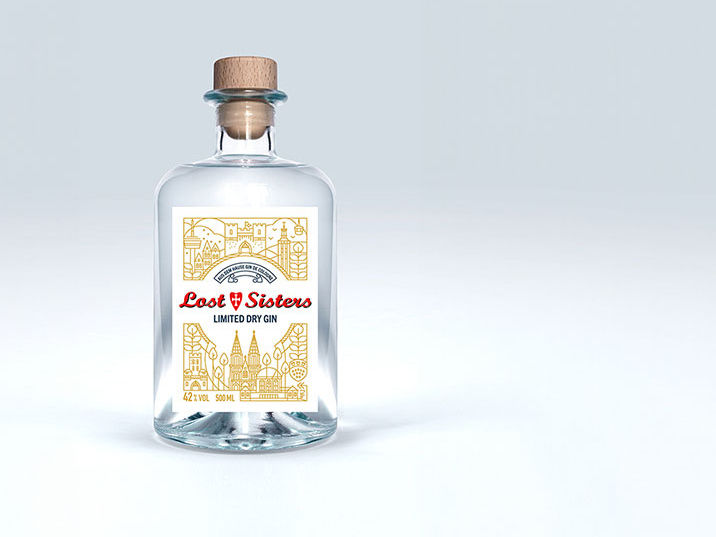3 strategies for plant-based brands to stay ahead of the competition
As plant-based company LIVEKINDLY Collective acquires Amsterdam-based The Dutch Weed Burger, we explore what this means for the plant-based sector, and what vegan brands need to consider in their strategies to stand out in an increasingly competitive market.

Photo by Jakub Dziubak on Unsplash
Further vegan innovation and consolidation expected
Vegan food and drink innovation continues to increase. According to Mintel GNPD, in North America and Europe, 7% of food and drink launches featured a vegan claim five years ago, rising to 12% of launches in the last year. The trend towards vegan innovation is expected to continue as consumers demand products offering both health and environmental benefits.
Looking at the last five years to May 2021, Mintel GNPD also shows that the top ten companies that have launched vegan innovation globally are Danone, Aldi, dm-drogerie, Lidl, Tesco, Sainsbury’s, Unilever, Marks & Spencer, Woolworths and Kellogg. These companies account for around one in ten launches of vegan products globally, which shows how fragmented the vegan sector still is. Interestingly, these top 10 companies have not increased their share of launches over the past five years, evidencing that smaller start-up brands are still playing a prominent role in driving vegan sales.
As more of the multinationals seek to improve their plant-based offering by developing vegan innovation or acquiring vegan brands, such as Danone’s recent acquisition of the Vegenaise brand, we can expect to see further market consolidation.
Diversify plant-based protein sources
Improved variety in plant-based proteins is key for continued market growth. Among the third of US plant-based protein consumers who are eating these foods more often than a year ago, nearly half are doing so for variety in their meals.
Types, formats and sources of plant-based protein innovation will also continue to diversify in order to meet consumer demands for realistic alternatives to both meat and dairy. The high use of burger substitutes has much to do with their availability and the innovations brands have made in taste and texture of these products. Brands can find ways to stay ahead of competition by elevating new alternative formats to other types of meat products in the way that Impossible Foods and Beyond Meat did with burgers.
Improve nutrition profile
The next frontier is improving meat alternatives’ nutrition proposition. In response to some consumers’ concerns about the lack of nutrition (like the majority of Chinese adults who agree that they cannot get enough nutrition from plant-based foods alone), innovators are finding ways to differentiate on the nutrition profile as well.
Heura’s plant-based burger, for example, offers the sensorial experience of meat with more protein and less saturated fat. Heura has developed a fat analogue that transforms extra virgin olive oil, which unlike coconut oil or animal fats is low in saturated fat, into a solid form.
Brands have an opportunity to communicate their healthy unique selling point to customers and educate them on social media. Beyond Meat, for example, emphasises the strong nutritional profile of their burgers on their Instagram page, by creating “tags” for their healthy credentials.
Brands should also work to ensure that existing plant-based proteins, such as soy, don’t lose out to newer plant-based proteins. Dial up key benefits such as soy’s protein quality due to its inclusion of all nine essential amino acids.
Most read news
Other news from the department business & finance

Get the food & beverage industry in your inbox
By submitting this form you agree that LUMITOS AG will send you the newsletter(s) selected above by email. Your data will not be passed on to third parties. Your data will be stored and processed in accordance with our data protection regulations. LUMITOS may contact you by email for the purpose of advertising or market and opinion surveys. You can revoke your consent at any time without giving reasons to LUMITOS AG, Ernst-Augustin-Str. 2, 12489 Berlin, Germany or by e-mail at revoke@lumitos.com with effect for the future. In addition, each email contains a link to unsubscribe from the corresponding newsletter.






























































